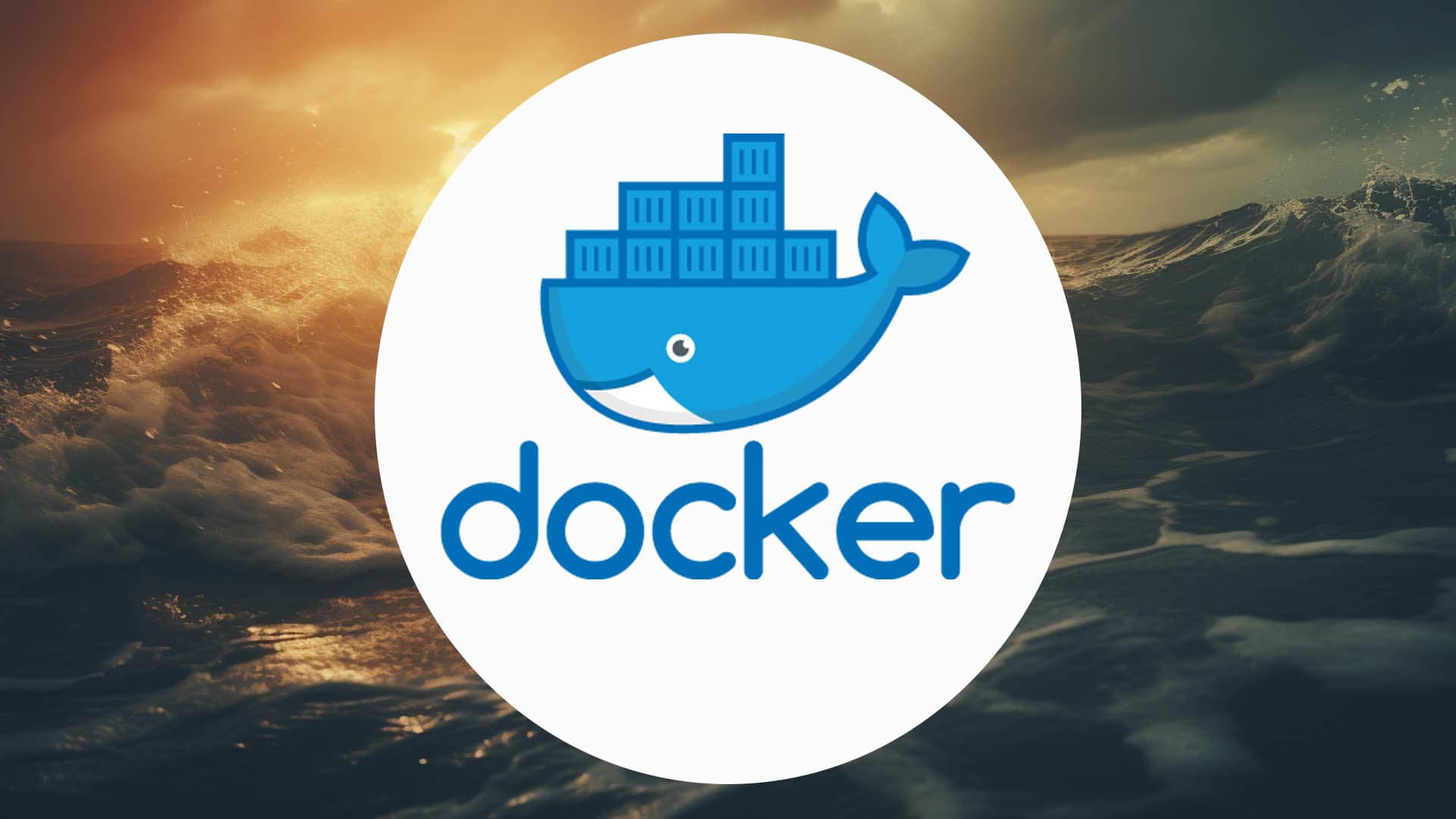3 Lessons I Learned While Managing The Project From Hell

Photo by Pat Whelen on Unsplash
The phone rang.
— Hey, about your trip to come and see us in Hungary tomorrow?
— Yup, the tickets are booked, our dancer has his papers in order at last. We're finally good to go. We're already late so it needs to go as smoothly as possible.
— About that… I think it's best that you push back your trip
And so the nightmare continued.
A few years back we were working on a console game for a major TV license. I had landed the producing role, which basically meant my role was to ensure the product was on time, at the lowest possible cost, with an acceptable level of quality. I was young, inexperienced, and under pressure which led to a lot of silly mistakes.
Experience is the sum of the mistakes we make. Hopefully, you can learn from mine.
The show this product was based on was very popular in France at the time. It was a mix of Big Brother and audition-based shows: the contenders would live together in a mansion, and train in song and dance. Every week they would put on a prime-time show, and one of them would then get kicked out, presumably based on their performance and not other baser reasons.
On paper the idea for the game was simple: create a dance game (inspired by the Dance Dance Revolution and others), based on the songs used in the show. The game would show a character dancing on the screen, and the steps would be played on the gamepad or on a mat on the floor. This was to be for the PS2. We had experience building complex simulations and war games, this should be way simpler to build.
All we had to do was to choose the music tracks, create a dance to them and record them, right? I had a friend who was a choreographer, so she would be able to create the dances, and then we would record them in a motion capture studio I knew (motion capture is the process that records the body's movements to be replayed in a computer). What could possibly go wrong?
Just about everything. Here are the three lessons I learned from my mistakes.
1. The critical path is… critical
At the time, before starting the project we hadn't bothered to think about it, but for one level to be done from start to finish we needed to :
First, select the tracks from the catalog, and get them approved for use first by the production company creating the show (step 2), then for licensing by the label & by the artist(s) & by their lawyers (step 3).
Once the tracks were approved and cleared the choreographer would create a dance for them (step 4), and teach the dance to the dancer if it was intended for a male dancer (step 5). Once there was enough material to warrant a trip, we would go to the motion capture studio and record the dances (step 6).
After recording the motion capture data, the studio would clean it up (step 7) and send it to the developers for them to integrate it into the game (step 8).
Once we had the animations on-screen and synchronized to the music we would then create the level (i.e. the sequence of buttons pressed) for the end-user / player.
This project taught me the hard way what a critical path is.
Steps 1 to 8 had to be done in that order. The shortest possible time for the project was dependent on how long this chain of events was. Worse, most of the steps were out of our direct control and in the hands of third parties. And there was no direct relationship between us and the artists. We couldn't get them or the record label to hurry up (and boy did they take their time!). We couldn't go to a different label.
And to make things even more complicated, we decided to batch the motion capture phase, since it included flying out to Eastern Europe in order to get it done more cheaply.
So not only were our critical paths long and out of our control, but they were also intertwined.
Needless to say, Murphy's law struck, and the project was late.
The lesson I learned: now, when I start a new project, my gut reflex is to look for the longest critical path, where its bottlenecks are, and think about how I can break them down.
In this case, our hands were tied for the initial clearance steps, but I should have been looking for fallback options for the motion capture and choreography steps to be able at least to pivot if need be.
Which brings me to my next point.
2. Don't hire (& manage) friends
I needed a choreographer to create the dances. I hired someone I knew. To be honest there were probably not that many other viable options available to me at the time.
At first, it seemed like a good idea.
She was capable, she was willing to work for a reasonable price. Her style fit the show. And it was good to have at least one piece of the puzzle ready to go. She suggested a dancer we could work with for the dances intended for male dancers.
But then halfway into the project, my boss started asking: "What do you think of the latest dance? I don't think it's up to par with the previous ones." Of course, it wasn't. Over the course of the ten or so dances, there were bound to be some that were below average, especially given the time constraints.
I asked her if she would be willing to rework it and she refused.
I found myself having to choose between my friend and my boss. There was already enough pressure on the project as it was. Adding a friendship into the mix made things overly complicated.
We found a compromise and moved on.
The lesson I learned: Don't hire and manage your friends if you are not willing to give up either your friendship or your job. The problem was compounded by the fact that not only had I recommended them, but I was also giving them orders and evaluating their work.
Today, although I might recommend a friend for a job opening if I know they are competent and need the job, I'll take myself completely out of the equation.
I won't be part of the final hiring decision, and I won't have them work on my team.
I value my friendships too much to risk them. It probably sounds like basic common sense to anyone reading this, but it wasn't deeply ingrained in me at the time the way it is now. I learned my lesson.
3. Sometimes cheaper is more expensive
We had decided it would be cheaper to go with motion capture to create the animations. We knew animators would have a hard time of it getting the subtleties of dance right. So we decided to use a motion capture studio operated by some people we knew in Hungary (from working on a previous game).
And that was when the phone rang.
There was no way I was delaying that trip. We were already late because of the time the initial approvals had taken. I had fought tooth and nail to get everything ready on time for the trip.
During the phone conversation, it became clear that the reason they were so cheap was that they were desperate for business. And the reason they were desperate for business was that the company was going under. And had not paid its bills in a while.
Including the electricity bill.
Which kind of made it difficult to operate the motion capture equipment.
We struck a deal with their neighbors and paid them in advance for the electricity we would be using, and got the job done. And the trip after that I used a local studio that was more expensive, but that also produced higher quality work at a faster rate.
The lesson I learned: Every solution has hidden costs and hidden benefits. And if something is much less expensive than the competition there may well be hidden costs that level the playing field.
Of course, all the fun is in working out where the hidden costs lie. Some of these you only find out when you start working with them. Today although I might still go for the cheapest option I would trial them first and have another solution lined up just in case.
Key Takeways
Experience is the sum of the mistakes we make.
The whole experience was a nightmare. Everything that could go wrong, did. I found myself hauled into the CEO's office and shouted at for hours on end. I had panic attacks — although I didn't recognize them as such at the time.
It was a mess. *I *was a mess.
I learned to see what was going on and to reconnect with myself. To breathe slowly and release the stress. To focus on the sensory input from the here and now. To inhabit the present.
Those mistakes have made me who I am now. They have made me stronger, and also more keenly aware of where my weaknesses lie. The net sum of the experience was positive.
And if I could choose whether to go through it all again I would run away as fast as possible.
We help you better understand software development. Receive the latest blog posts, videos, insights and news from the frontlines of web development



